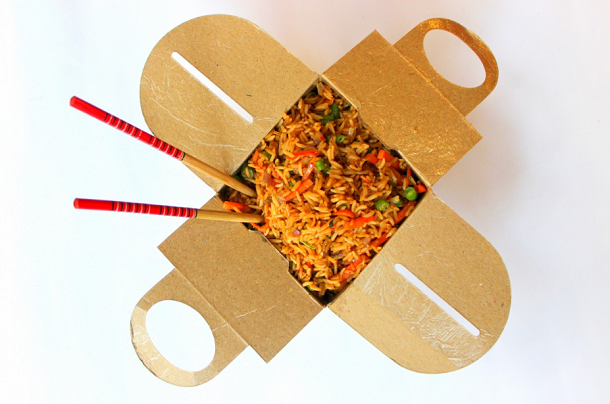How To Adapt To The Rise Of Delivery
The food delivery market is turning the restaurant industry upside down. Now restaurant owners are having to adapt their business model to meet the demands of the changed consumer. Here are some of the challenges of delivery as well as a look into the future of the dining experience.
The Customer Has Changed
What diners want and expect from restaurants has completely changed. Today’s diners desire convenience and like to be able eat quickly. They are also always on the lookout for the restaurants housing the latest innovations and digital software which will enhance their dining experience. Dining is now all about the occasion, as the whole restaurant experience - including the atmosphere and quality of the food - now plays a key role in how customers will rate your business. With regards to delivery, consumers want something different. They look for businesses that make the ordering process easy and quick, and look for food that travels well, tastes good and is encased in packaging which is both beautiful and durable.
Food Delivery is Here to Stay
The explosion of the food delivery service was bound to happen, and the whole restaurant industry has been fighting to try and keep up with this sector evolution. Because of this sector shift, the classic takeaway staples such as Chinese, pizza and Indian are under threat as more restaurants are now offering delivery services. The rise of technology such as mobile platforms and digital marketing has played a key role in the swift development of the delivery market. Websites such as Just Eat provide consumers with a digital ordering platform for independents and other businesses who may have a minimal online presence circulating, and Deliveroo and Uber Eats provide more restaurants with even more delivery solutions.
What’s Next?
The rise of delivery has boded well for restaurant owners as it has eased softening sales, increasing top lines and helped businesses appeal to a larger audience. Those working within this industry now have to base their business model around these consumer demands in order to thrive. Even though some businesses are committing to the deliver way of business life, some still express caution based on the difficulty of integrating delivery due to commission affecting overall profits.
The Delivery Catch
With every new sector move there will always be a catch. Peak delivery and dine-in time run at the exact same time, meaning operations will feel the burn! From kitchen staff to space allocation and even driver access and packaging, these all need to be considered when merging delivery and dine-in. Restaurant space is also another vital component, as establishments will need to have enough physical room to make sure diners and employees are not bothered or obstructed by the stream of delivery drivers. Restaurant owners are now looking for spaces which have rear entrances for easy delivery driver access, and places which are positioned in an area with a high residential population. Menu options and pricing are being modified to cater to delivery. Dishes need to be able to travel well, but they also have to soften the blow of margin impact of the delivery commission through portion control and cost. There’s no fighting it, delivery will continue to evolve meaning more restaurants will have to find ways to integrate this into their business model in order to survive.




